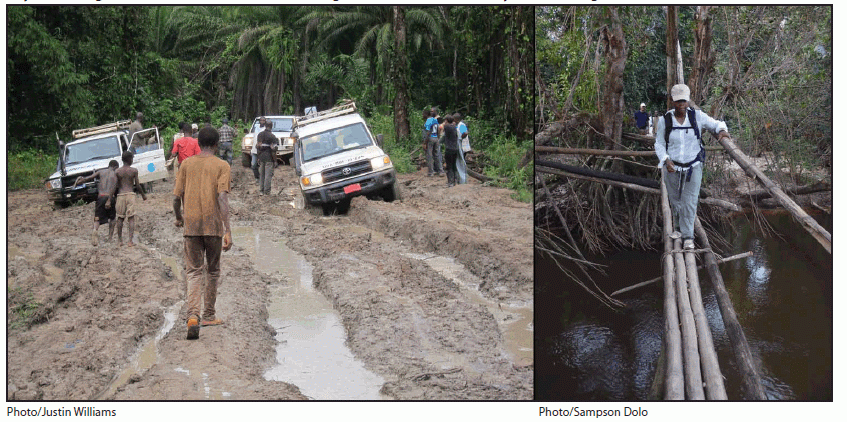United States Center for Disease Control (CDC) on Friday released a report on Ebola and challenges of rapid response to the disease. Here is a summary of the report:

What is already known on this topic?
The epidemic in West Africa has resulted in the largest number of Ebola cases in history. Ebola is associated with a high case-fatality rate that can be reduced through supportive care.
Ebola transmission can be interrupted through isolation of infected patients, infection control, monitoring of patients’ contacts, and safe burial of dead bodies.
Remote rural areas pose challenges for rapid isolation and treatment of patients because of their distance, difficult access, and lack of communications infrastructure.
What is added by this report?
A national strategy in Liberia to coordinate rapid responses to remote outbreaks of Ebola reduced by nearly half the time between the first new case in remote areas and notification of health authorities.
As coordination of the rapid response strategy improved over time, the median duration of outbreaks decreased from 53 to 25 days as the number of generations of cases decreased from a median of four to two.
The proportion of patients isolated increased from 28% to 81%; survival improved from 13% to 50%.
What are the implications for public health practice?
Ebola outbreaks in remote rural areas require rapid responses, including the movement of patients to treatment facilities.
Interventions can be as simple as arranging safe ambulance transport for patients who might have to walk out of remote areas, but might also require establishment of mobile isolation and treatment facilities if patients are too ill to move or delays in transport are anticipated.
Comprehensive and innovative rapid response units can improve outcomes and shorten duration of Ebola outbreaks, and should be employed wherever possible.






